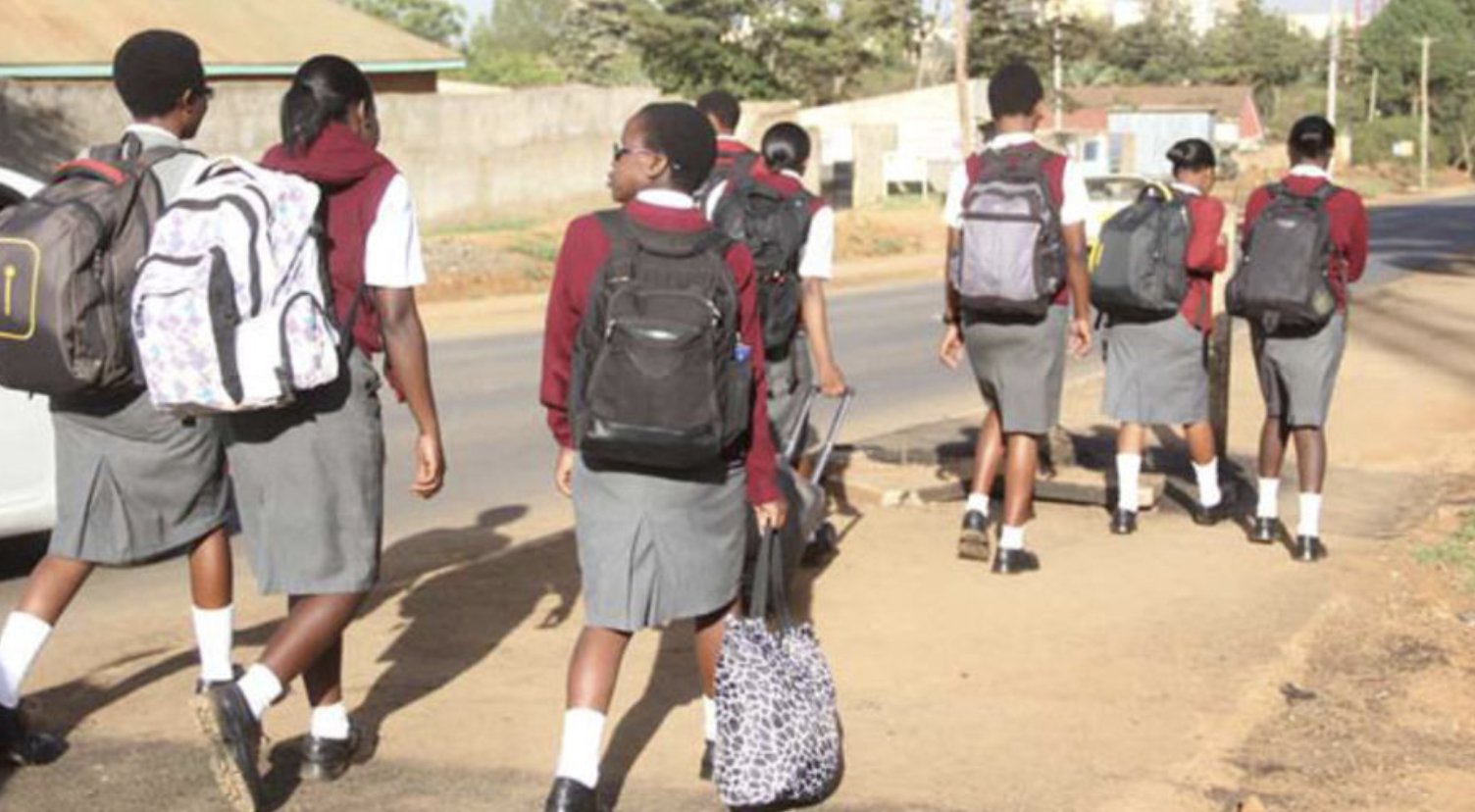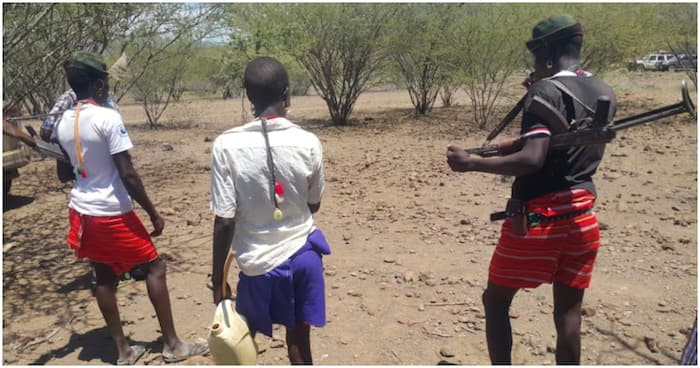Professor Romanus Odhiambo discussed Kenya's new higher education funding model on Spice FM. Integrating socio-economic status into fee calculations, the model aims for fair access. Despite challenges like global economic trends, it offers hope for a more inclusive and sustainable higher education framework in Kenya.
In a recent conversation on Spice FM, Professor Romanus Odhiambo, Vice Chancellor of Meru University of Science and Technology, shed light on Kenya's evolving higher education landscape. The focus of the discussion revolved around the introduction of a new funding model and its implications for students across the socio-economic spectrum.
For nearly a decade and a half, Kenya's higher education system has operated under a differentiated unit course model, where fees are based on the resource requirements of individual programs. However, with the unveiling of a new funding model, additional factors such as socio-economic status have been integrated into the equation.
Under this new system, known as the differentiated unit course with socio-economic bands, students' financial obligations are categorized based on their family's financial capacity. This includes provisions for loans, scholarships, and household contributions. The aim is to ensure fair access to education while acknowledging the varying financial backgrounds of students.
Professor Odhianbo emphasized the significance of this model in addressing the funding gap that has plagued the education sector. With the government's commitment to bridging this divide, the hope is to create a more inclusive and sustainable framework for higher education financing.
However, the transition to this new model is not without its challenges. The impact of global economic trends, exacerbated by the COVID-19 pandemic, poses a significant hurdle. As industries face closures and job losses, households may struggle to meet their financial obligations, including university fees.
Despite these challenges, Professor Odhiambo remains optimistic about the future of higher education in Kenya. The introduction of the new funding model signals a step towards greater equity and accessibility. By providing targeted financial support to students, regardless of their socio-economic background, the aim is to nurture a generation of skilled professionals who can contribute meaningfully to society.
As the conversation concluded, it was evident that while the road ahead may be fraught with challenges, there is a collective commitment to ensuring that every student has the opportunity to pursue higher education, regardless of their financial circumstances. Through collaboration between government, academia, and industry, Kenya is poised to build a brighter future for its youth.
.png)














Comments 0